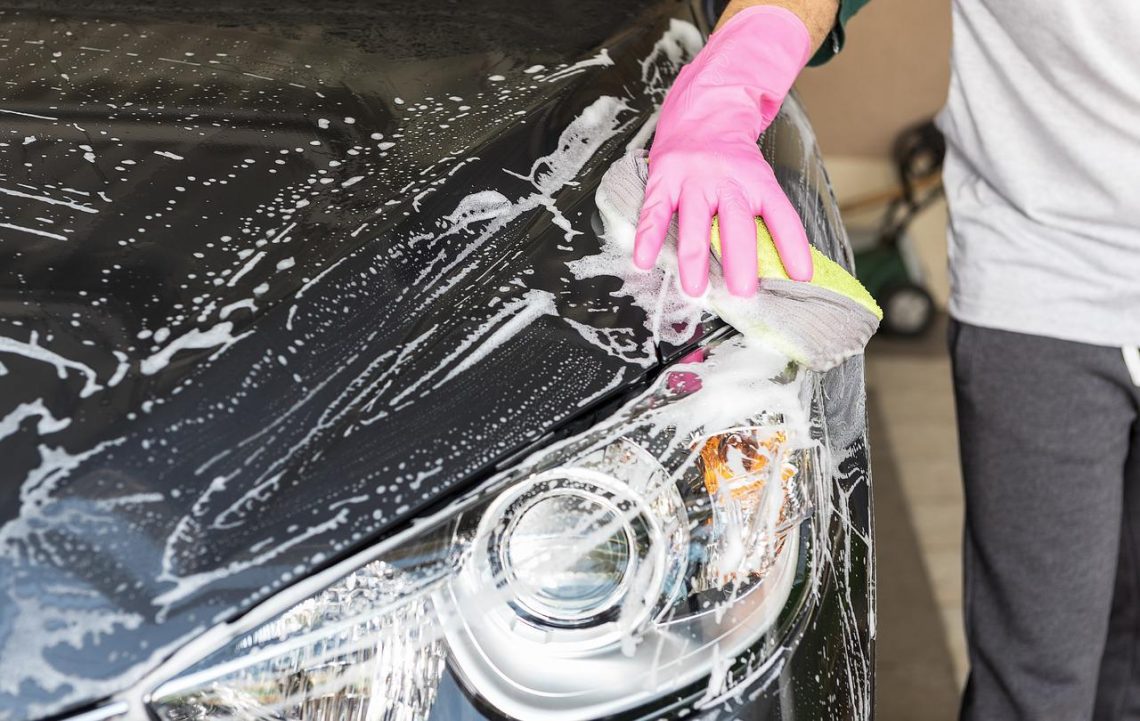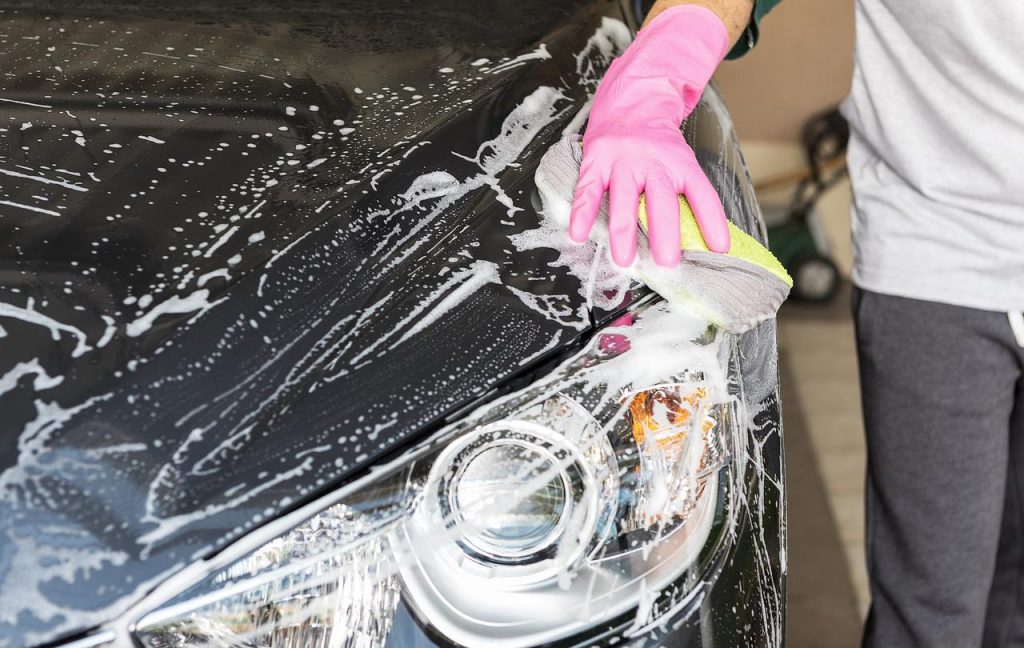Summer has well and truly arrived. After witnessing the mercury nudge record levels in mid-July, there is lots of optimism for a long, sultry late summer.
It’s the time of year for BBQs, garden parties, gatherings in parks, trips to the seaside – and of course hitting the open road, with the windows (or the soft top) down, tunes blaring, drinking in the breeze.
Of course, if you’re going to be setting off on a road trip or two, you want your car functioning and looking at its best. There are plenty of maintenance jobs to keep on top of, from checking and topping up fluids to keeping an eye on tire wear due to the extra friction created by hot road surfaces.
But what about appearances? Just as rain and ice and salt grit can take a heavy toll on your car’s bodywork during the winter, so the summer months come with their own challenges. UV light from the sun’s rays, dust, dead insects – all spell trouble as far as keeping your vehicle in pristine condition is concerned.
So, what should you focus on when it comes to protecting and sprucing up your car throughout the summer months? Here are three vehicle detailing tips to ensure your motor sizzles the right way.
Bug removal
Insect carcasses splattered all over your windscreen is one of the less pleasant aspects of summer motoring. However, dead bugs on your windscreen are easy enough to remove with wipers and a few jets of washer fluid. Sadly, you don’t have that option over your bodywork. And if insects are coming to a sticky end flying into your windscreen at speed, they are most definitely doing the same all over the exterior of your vehicle.
Dead bugs and paintwork don’t make a great mix. Leave them to bake in the sun and they will dry fast to the surface, requiring a level of rubbing those risks scratching the paint to remove. Worse, as paintwork softens at higher temperatures, dead bugs (along with other debris) will become embedded in the top layers of paint more easily. And the acids from their bodily fluids (gross, we know) will start to mar the paint further.
Removing dead bugs should therefore always be a priority throughout the summer months. If you haven’t detailed your vehicle in a while, start with a clay bar to lift any debris that has become embedded in the paintwork, and then polish to buff out any marks left behind.
Once you have your paintwork in tip top bug-free condition again, it’s best to prevent any further build up. A regular wash using a specially formulated bug removing shampoo, followed by a wipe down with quick detailer spray should do the trick.
Protect your paintwork from UV rays
Just like our own sensitive skin, a car’s paintwork needs protecting from the effects of UV radiation in sunlight. UV rays first damage the topmost clear layer of paint which is there to protect the colored coats underneath. Once the clear coat becomes significantly thinned or removed altogether, UV rays start to damage the color too, leading to visible fading.
(As an aside, bodywork missing the top clear paint layer is also more prone to scratching and other forms of damage).
Applying a sealant will protect your paintwork from the worst effects of UV radiation. Most sealants will offer some level of UV protection, although you can look for specially formulated products that offer extra-long UV performance, so you don’t have to think about applying it more than once over the course of a summer.
As well as acting as a vehicle’s equivalent of sunscreen, sealants also provide a wide range of other benefits, such as protecting your paintwork from the effects of chemical marring (e.g. from acidic rain, bird droppings) as well as offering some protection from physical damage caused by road debris.
Tidy up your trim
It isn’t just your paintwork that needs a little extra protection from the effects of the sun’s rays. Any trim on the exterior or interior of your car is liable to fade after prolonged exposure to sunlight.
Again, the best bet is to apply a layer of something that will stop the UV rays getting through. Different dressings and sealants are available for different types of material, from fabric to rubber tires to plastic.
It’s particularly important to seal any plastic trims you have on any part of your car. Not only does the effect of the sun’s rays cause plastic trim to lose its color over time, it is also prone to drying out and cracking. The same also applies to the rubber on your tires. Look for products labelled as plastic or rubber sealants or protectors, rather than just dressing. A dressing is primarily designed to give plastic and rubber trim a pleasing slick, shiny look, whereas to avoid degradation from sunlight, you need something that offers UV protection, too.







